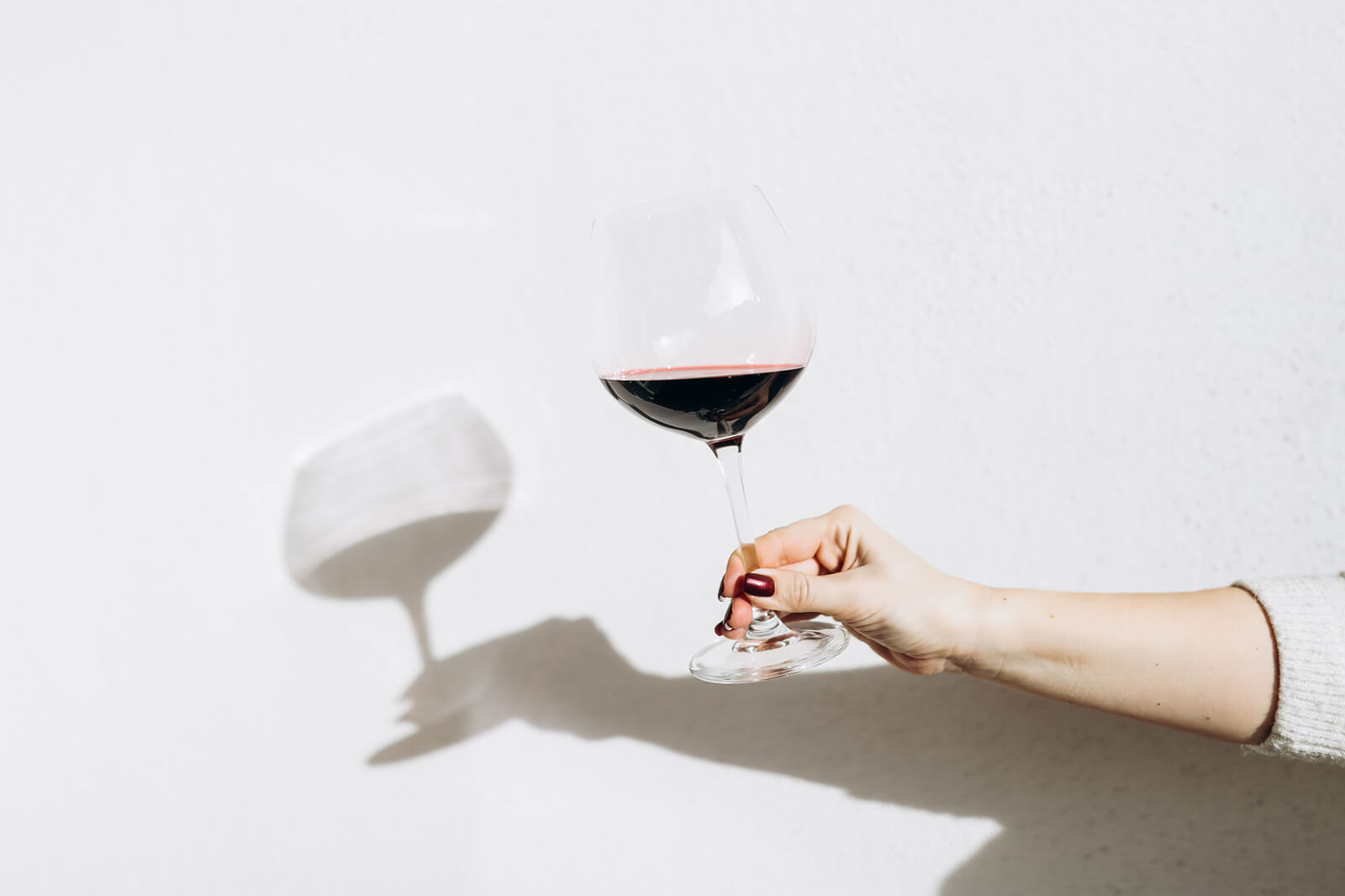

Tableware
How To Hold Wine Glasses
Modified: January 6, 2024
Learn the proper technique for holding wine glasses with this helpful guide on tableware. Enhance your etiquette skills and elevate your dining experience.
(Many of the links in this article redirect to a specific reviewed product. Your purchase of these products through affiliate links helps to generate commission for Storables.com, at no extra cost. Learn more)
Introduction
Wine glasses are not just vessels for holding wine; they are an essential part of the wine-drinking experience. Whether you are a wine connoisseur or simply enjoy a glass of wine with dinner, knowing how to hold your glass properly can enhance the aroma, taste, and overall enjoyment of the wine. In this article, we will explore the different types of wine glasses, why holding them correctly is important, and provide step-by-step instructions and tips on how to hold wine glasses like a pro.
Before we delve into the specifics of holding wine glasses, let’s briefly discuss the types of wine glasses. Wine glasses come in various shapes and sizes, each designed to enhance the characteristics of different types of wine. The most common types include:
- Bordeaux glass: This glass has a tall, broad bowl, ideal for full-bodied red wines like Cabernet Sauvignon and Merlot.
- Burgundy glass: With a wider bowl and narrower opening, this glass is perfect for capturing the complex aromas of delicate red wines like Pinot Noir.
- Chardonnay glass: This glass has a wider bowl to enhance the bouquet of white wines, particularly Chardonnay.
- Sparkling wine flute: Known for its long, slender shape, the flute maintains the effervescence and showcases the bubbles of sparkling wines like Champagne or Prosecco.
Now that we understand the importance of using the appropriate wine glass, let’s explore why holding it correctly matters. Holding a wine glass correctly allows you to fully experience and appreciate the wine’s aroma and flavor. The temperature of your hand, the warmth it generates, can influence the wine’s temperature as well. Holding the glass by the stem or base not only prevents hand heat from altering the wine, but it also allows you to observe the wine’s color, clarity, and legs (the drips that cling to the inside of the glass after swirling).
To hold a wine glass properly, follow these simple steps:
Key Takeaways:
- Enhance your wine-drinking experience by choosing the right glass and holding it correctly to preserve temperature, showcase characteristics, and savor the aromas and flavors with elegance.
- Avoid common mistakes and follow simple steps and tips to hold wine glasses with ease, grace, and confidence, ensuring a refined and enjoyable wine-tasting experience.
Read more: How To Hold Wine Glass
Types of Wine Glasses
When it comes to wine glasses, not all are created equal. Different types of wine glasses are designed to enhance the aromas and flavors of specific wines, allowing you to fully appreciate their unique characteristics. Here are the most common types of wine glasses:
- Red Wine Glasses: Red wine glasses typically have a larger bowl and wider opening compared to other types of wine glasses. This design allows for greater contact between the wine and the air, helping to release the rich aromas and flavors of red wines. The larger bowl also provides ample space for swirling the wine, which can help aerate it and bring out its full potential. Examples of red wine glasses include Bordeaux glasses and Burgundy glasses.
- White Wine Glasses: White wine glasses are generally smaller and have a more U-shaped bowl compared to red wine glasses. This design helps to preserve the delicate aromas and maintain a cooler temperature for white wines. The smaller size also allows for more precision when sipping and focusing on the nuances of the wine. Chardonnay glasses are a common type of white wine glass.
- Sparkling Wine Glasses: Sparkling wine glasses, such as flutes and tulip-shaped glasses, are specifically designed to showcase the effervescence and bubbles of sparkling wines like Champagne and Prosecco. The tall and slender shape helps to preserve the carbonation and direct the bubbles towards the nose, enhancing the aromatic experience.
- Stemless Glasses: Unlike traditional wine glasses, stemless glasses have a shorter and wider bowl with no stem. These glasses are versatile and can be used for both red and white wines. While they may not offer the same level of elegance and airflow as stemmed glasses, they are a popular choice for casual gatherings and outdoor events.
- Specialty Glasses: In addition to the main types mentioned above, there are also specialty wine glasses designed for specific wine styles or regions. For example, there are glasses tailored for Port wine, dessert wine, and even glasses specifically crafted for specific grape varietals.
It’s worth noting that investing in a set of quality wine glasses can greatly enhance your wine-drinking experience. The shape and size of the glass can significantly impact the way you perceive the wine’s aromas and flavors. By choosing the right type of wine glass, you can elevate the enjoyment of each sip and fully appreciate the character of the wine you’re drinking.
Now that we’ve explored the different types of wine glasses, let’s dive deeper into why holding them correctly is crucial for the ultimate wine-tasting experience.
The Importance of Holding Wine Glasses Properly
When it comes to wine appreciation, holding the wine glass correctly may seem like a small detail, but it can make a significant difference in your overall experience. Properly holding the wine glass not only adds elegance to your gesture but also has a functional purpose in enhancing the wine’s aromas, flavors, and temperature. Here’s why it’s important to hold wine glasses properly:
Preserving the Wine’s Temperature
One of the main reasons for holding the wine glass by the stem is to maintain the wine’s temperature. The heat from your hand can quickly raise the wine’s temperature, which can affect its taste and aromas. Red wines are typically served at slightly warmer temperatures, while white wines and sparkling wines are best enjoyed chilled. When you hold the glass by the stem, your hand is kept away from the bowl, allowing the wine to retain its desired temperature for longer.
Showcasing the Wine’s Characteristics
Holding the wine glass properly also allows you to observe and appreciate the wine’s color, clarity, and viscosity. The bowl of the glass is designed to capture the aromas and provide enough surface area for the wine to aerate. By holding the glass by the stem or base, you can freely tilt the glass to observe the wine’s color against a white background or natural light source. This visual inspection can give you insights into the wine’s age, style, and quality.
Read more: What Is The Proper Way To Hold A Wine Glass
Enjoying the Wine’s Aromas
The shape of the wine glass bowl is carefully designed to enhance the wine’s aromas. When you hold the glass by the stem, your hand is kept away from the bowl, preventing any interference with the aromas. Instead, the aromas are concentrated, allowing you to fully immerse your nose into the glass and appreciate the complexities and nuances of the wine’s bouquet.
Facilitating Wine Swirling
Swirling the wine in the glass is a common technique used to release the aromas and flavors. When you hold the glass correctly, by the stem or base, it provides stability and control while swirling. This gentle circular motion allows the wine to interact with the air and helps to unlock the wine’s aromas, intensify the flavors, and soften any harsh characteristics it may possess.
Maintaining Hygiene and Preventing Smudges
Holding the wine glass by the stem or base not only prevents fingerprints or smudges on the bowl but also maintains a hygienic environment for the wine. Since the bowl of the glass directly contacts your mouth, holding it by the stem ensures that your hand does not transfer any oils, scents, or germs to the part of the glass your lips touch.
Now that we understand the importance of holding wine glasses properly, let’s move on to the next section, where we will explore the step-by-step instructions for holding wine glasses correctly.
Steps for Holding Wine Glasses Correctly
Holding a wine glass correctly may seem simple, but there is a certain technique to ensure you fully enjoy the wine’s aromas and flavors. Follow these steps to hold wine glasses correctly:
Read more: How To Hold A Champagne Glass
Step 1: Choose the Right Glass
Start by selecting the appropriate wine glass for the type of wine you are drinking. Remember, different types of wine have specific glasses that are designed to enhance their characteristics. Using the right glass can significantly impact your overall wine-tasting experience.
Step 2: Hold the Glass by the Stem or Base
When you’re ready to hold the wine glass, grip it by the stem or base, rather than the bowl. The stem is the long, slender part that connects the bowl to the base. By holding the glass this way, you prevent your hand from warming the wine and allow for a clear view of the wine’s color and clarity.
Step 3: Maintain a Gentle Grip
Hold the stem or base with a relaxed and gentle grip, avoiding any excessive force or pressure. You want to have control over the glass without overpowering it. This ensures stability while making it easy to swirl the wine if desired.
Step 4: Keep Your Fingers Below the Bowl
As you hold the stem or base, keep your fingers below the bowl of the glass. This minimizes the risk of transferring heat from your hand to the wine, helping to maintain the desired temperature.
Read more: How To Hold A Coupe Glass
Step 5: Avoid Touching the Glass Rim
Avoid touching the rim of the wine glass with your fingers or lips. The rim should remain clean and untouched to ensure an unobstructed flow of the wine when sipping and to maintain the glass’s hygiene.
Step 6: Observe and Swirl the Wine
With the wine glass properly held, take a moment to observe the wine’s color, clarity, and legs (the drips that cling to the inside of the glass after swirling). If desired, gently swirl the wine in the glass to release its aromas.
Step 7: Sip and Enjoy
Bring the wine glass to your lips, leaning your head slightly forward to comfortably sip the wine. Take small sips and allow the wine to coat your palate, savoring the various flavors and notes that unfold.
By following these steps, you can ensure that you are holding your wine glass correctly and maximizing your enjoyment of the wine’s aromas and flavors. Now, let’s move on to some additional tips and tricks for holding wine glasses with ease.
Tips and Tricks for Holding Wine Glasses with Ease
While holding a wine glass may seem straightforward, there are some tips and tricks that can make the process even easier and more enjoyable. Here are some tips to help you hold wine glasses with ease:
Read more: How To Hold A Cocktail Glass
1. Use Your Non-Dominant Hand
If you’re finding it difficult to hold the wine glass with your dominant hand, try using your non-dominant hand instead. This can provide better coordination and control, especially if you’re new to holding wine glasses correctly.
2. Relax Your Arm and Shoulder Muscles
When holding the wine glass, make sure to keep your arm and shoulder muscles relaxed. Tense muscles can lead to shaky hands, making it challenging to hold the glass steadily. Take a deep breath, relax, and enjoy the moment.
3. Practice Proper Posture
Maintain good posture while holding the wine glass. Sit or stand tall, with your shoulders back and relaxed. This not only enhances your overall elegance while holding the glass but also provides a stable foundation for better control.
4. Avoid Overfilling the Glass
It’s important not to overfill the wine glass. Leaving some space at the top allows the wine to breathe and gives you room to gently swirl the wine without spilling it. Typically, fill the glass to about one-third or one-half full.
Read more: How To Hold A Martini Glass
5. Use Stemless Glasses for Casual Settings
Stemless wine glasses are a great option for more casual settings or outdoor events. They are less fragile and easier to hold, offering a more relaxed and informal experience. However, keep in mind that stemless glasses may not provide the same wine-tasting experience as traditional stemmed glasses.
6. Clean Your Wine Glasses Properly
Ensure your wine glasses are clean and free from any residue before using them. Any leftover soap or dirt can affect the taste and smell of the wine. Use a mild detergent and warm water, and gently hand wash the glasses, giving them a thorough rinse. Allow them to air dry or carefully dry them with a lint-free cloth to avoid any lint or streaks.
7. Take Your Time and Enjoy
Remember, wine tasting is meant to be a leisurely and enjoyable experience. Take your time to savor the aromas, appreciate the flavors, and engage in meaningful conversations with fellow wine enthusiasts. Holding the wine glass correctly is just the first step towards a delightful journey into the world of wine.
By incorporating these tips and tricks into your wine-drinking routine, you can hold wine glasses with ease, grace, and confidence. Now, let’s explore some common mistakes to avoid while holding wine glasses.
Common Mistakes to Avoid While Holding Wine Glasses
While it is important to know how to hold wine glasses correctly, it is equally crucial to be aware of common mistakes to avoid. These mistakes can hinder your wine-tasting experience and even impact the overall perception of the wine. Here are some common mistakes to steer clear of while holding wine glasses:
Read more: How To Hold Glass In Cabinet Door
1. Holding the Glass by the Bowl
One of the most common mistakes is holding the wine glass by the bowl. This not only warms the wine quickly but also leaves fingerprints or smudges on the glass, obstructing the view and affecting the overall presentation.
2. Clenching the Glass
Avoid clenching or gripping the wine glass too tightly. This can make it challenging to swirl the wine or maintain a steady grip. Holding the glass with a relaxed and gentle grip is ideal.
3. Touching the Rim
Never touch the rim of the wine glass with your fingers or lips. The rim should remain untouched and clean to allow for a smooth flow of wine and to protect its hygiene.
4. Overfilling the Glass
Be mindful not to overfill the wine glass. Leaving some space at the top allows room for swirling and prevents spills. Additionally, overfilled glasses can limit the wine’s exposure to air, reducing the fullness of its aromas and flavors.
Read more: How To Price Wine By The Glass
5. Neglecting Wine Glass Selection
Choosing the wrong wine glass for the type of wine being served is a common error. Each type of wine glass is designed to optimize the sensory experience for specific wines. Using the appropriate glass ensures that you can fully appreciate the wine’s characteristics.
6. Using the Wrong Hand Position
Make sure to hold the wine glass by the stem or base, not by the bowl. Holding the glass by the wrong position can alter the wine’s temperature and hinder your ability to fully appreciate its qualities.
7. Rushing the Wine-Tasting Experience
Wine tasting is meant to be savored and enjoyed at a leisurely pace. Avoid rushing through your glass of wine without taking the time to observe, sniff, and sip. Truly engage your senses and allow the wine to unfold its unique characteristics.
By avoiding these common mistakes, you can ensure a more seamless and captivating experience while holding wine glasses. Remember, the way you hold the glass can greatly influence your perception of the wine, so take the time to get it right.
Now that we have discussed the importance of holding wine glasses correctly, as well as the common mistakes to avoid, you are equipped with the knowledge and techniques to enhance your wine-drinking experience. Cheers to enjoying wine with elegance and sophistication!
Conclusion
Holding wine glasses properly is a simple yet essential skill that can greatly improve your wine-drinking experience. By choosing the right wine glass and holding it correctly, you can enhance the aromas, flavors, and overall enjoyment of the wine. Remember, the shape and size of the glass are designed to optimize the sensory experience, so it is important to select the right glass for the type of wine you are drinking.
When holding a wine glass, always grasp it by the stem or the base to avoid warming the wine with your hand. This allows the wine to maintain its desired temperature and prevents any interference with its aromas. By holding the glass correctly, you can also observe the wine’s color and clarity, as well as comfortably swirl the wine to release its aromas and intensify its flavors.
There are a few helpful tips and tricks to enhance your experience of holding wine glasses. Using your non-dominant hand, relaxing your muscles, and practicing good posture will make it easier to hold the glass with grace and control. Additionally, remember to avoid overfilling the glass, touch only the stem or base, and use stemless glasses for more casual settings.
However, be mindful of common mistakes to avoid, such as holding the glass by the bowl, clenching the glass too tightly, touching the rim, and neglecting the proper glass selection. By steering clear of these errors, you can ensure a more refined and enjoyable wine-tasting experience.
In conclusion, holding wine glasses correctly is not just about etiquette; it is about appreciating and fully experiencing the wine’s aromas, flavors, and characteristics. By mastering this skill, you can elevate your wine-drinking journey and savor each sip with elegance and sophistication. So, grab the right glass, hold it with poise, and toast to the delights of the vine.
Frequently Asked Questions about How To Hold Wine Glasses
Was this page helpful?
At Storables.com, we guarantee accurate and reliable information. Our content, validated by Expert Board Contributors, is crafted following stringent Editorial Policies. We're committed to providing you with well-researched, expert-backed insights for all your informational needs.
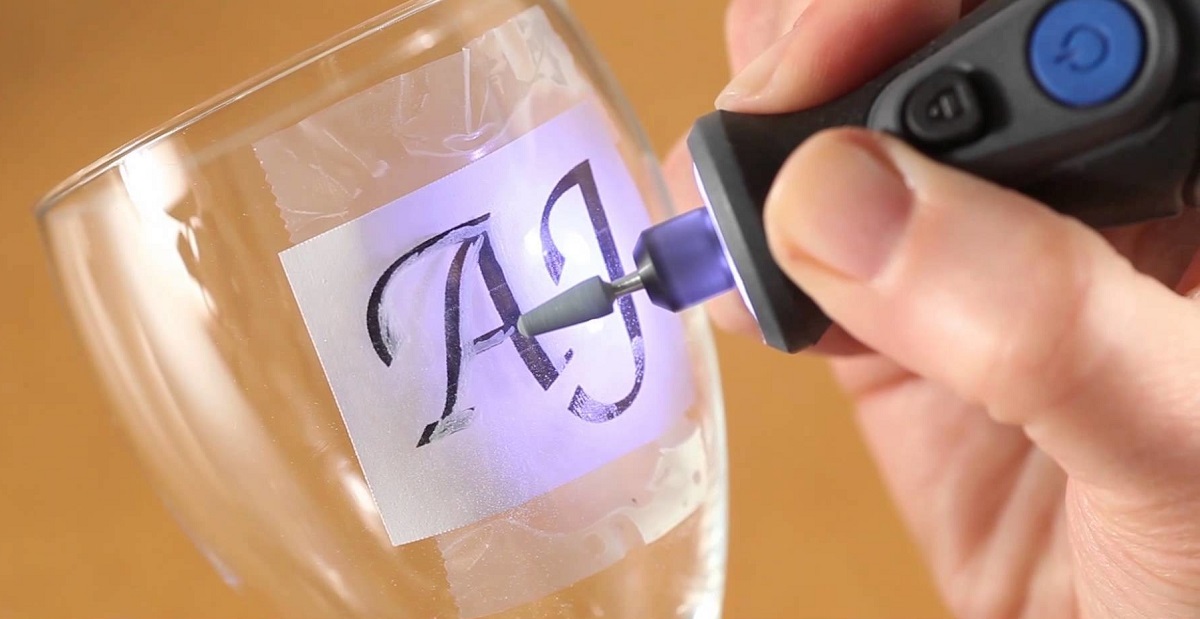
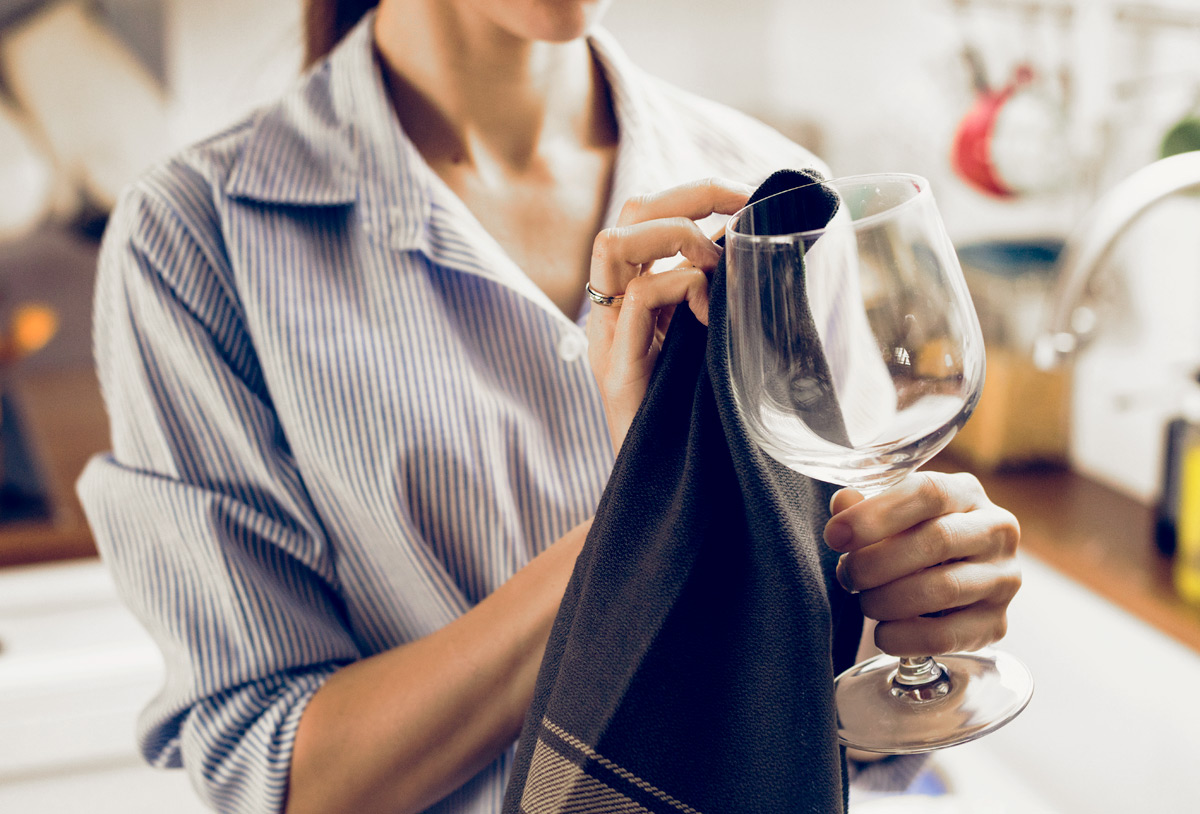
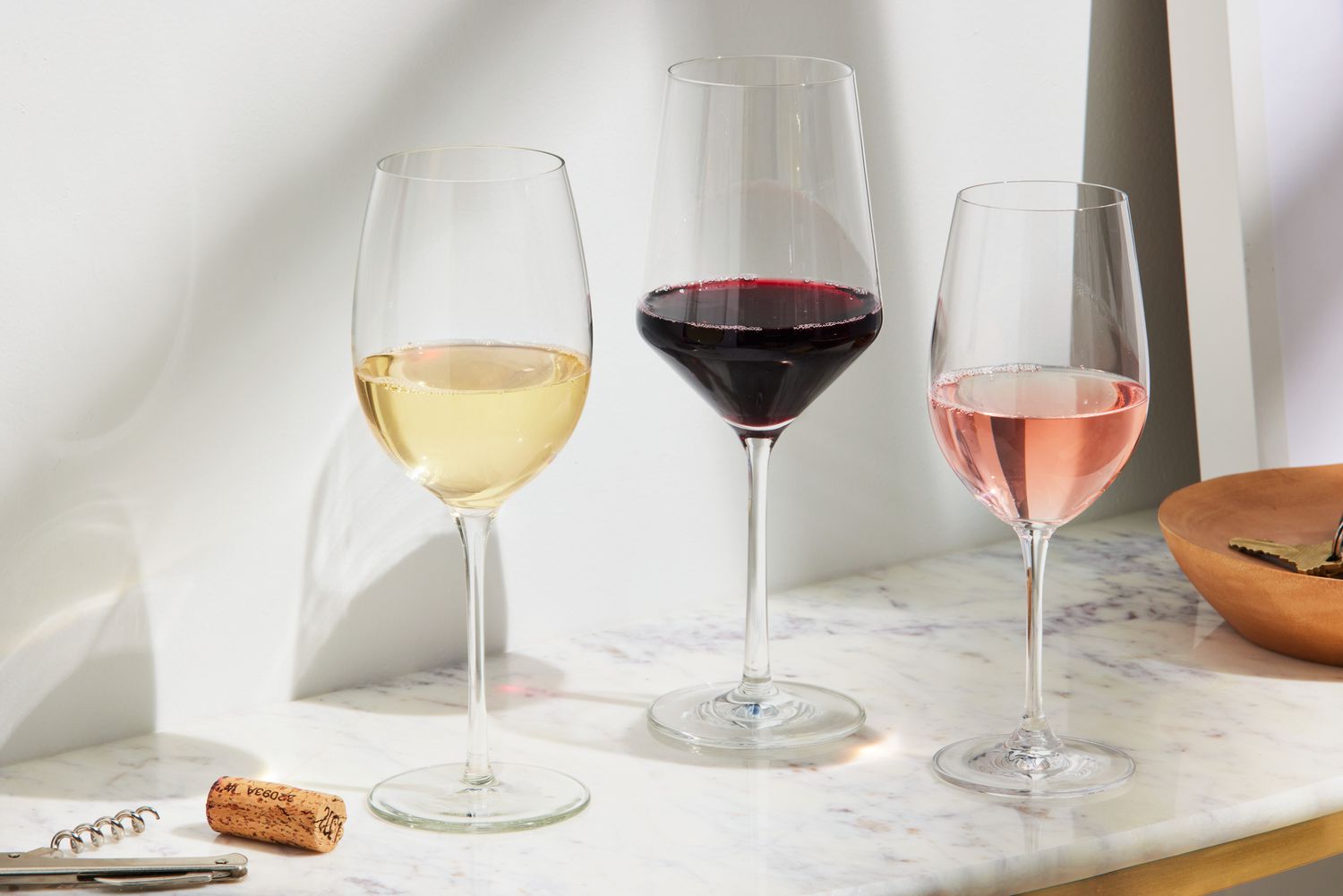

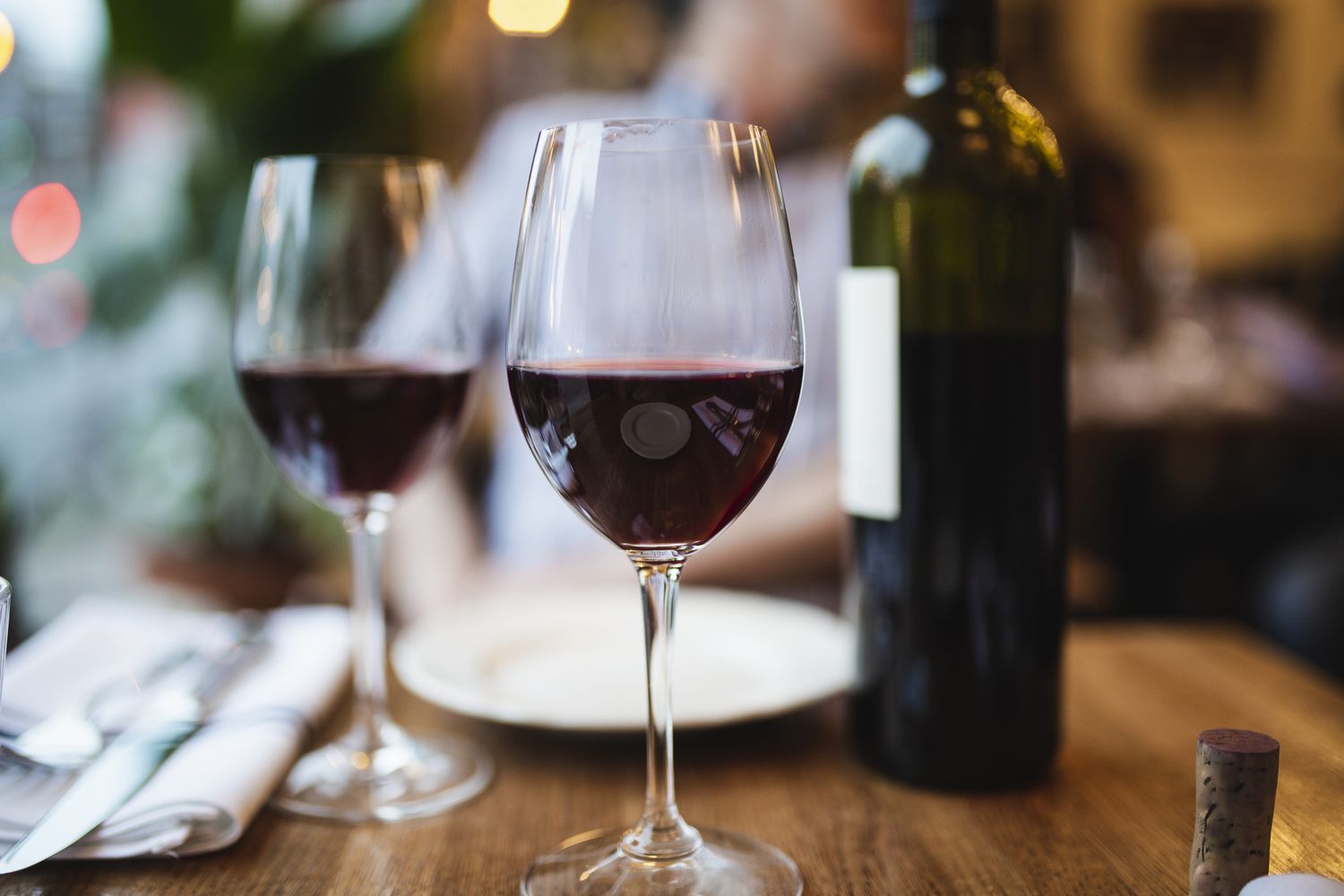
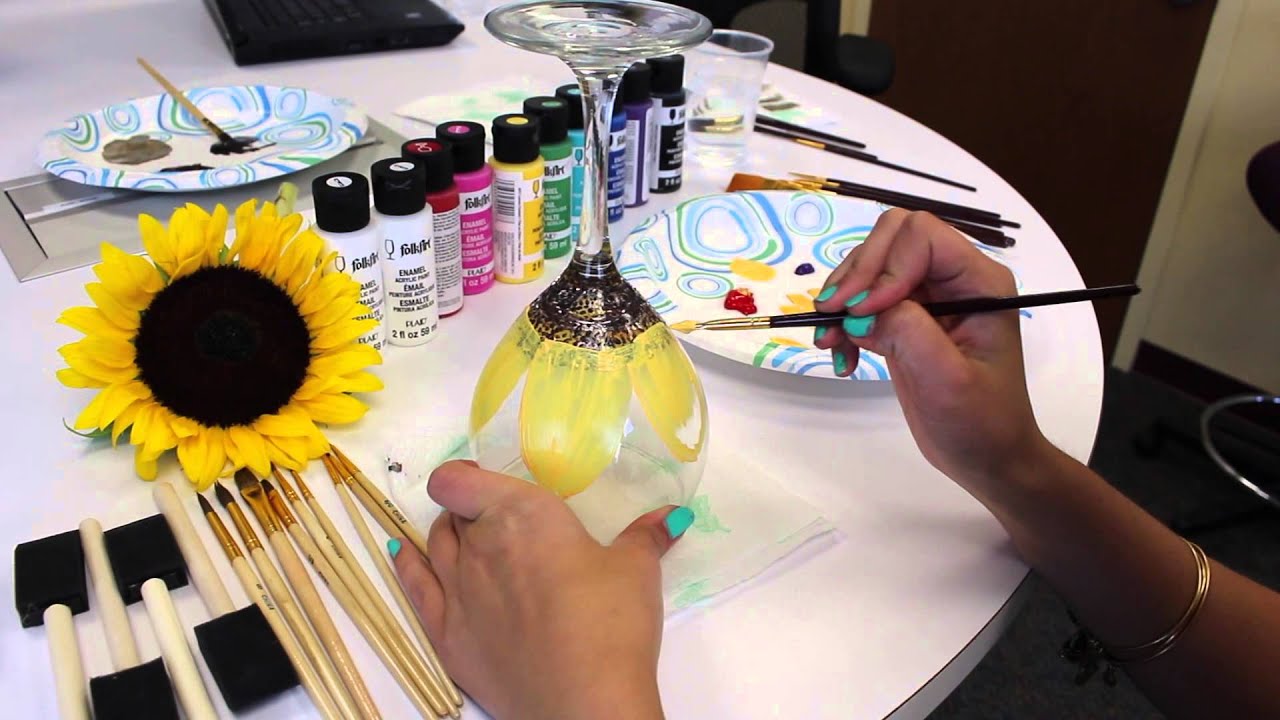
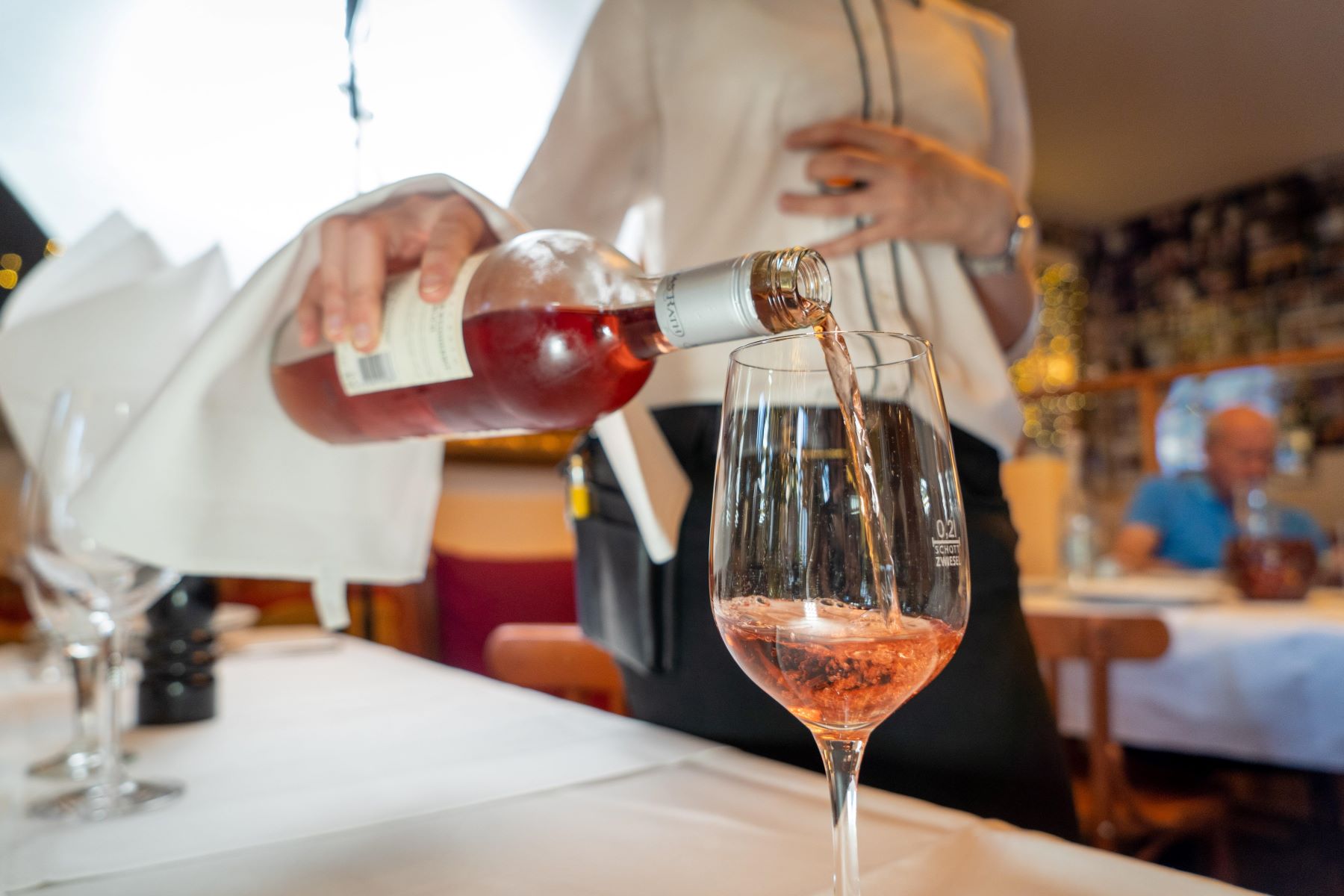
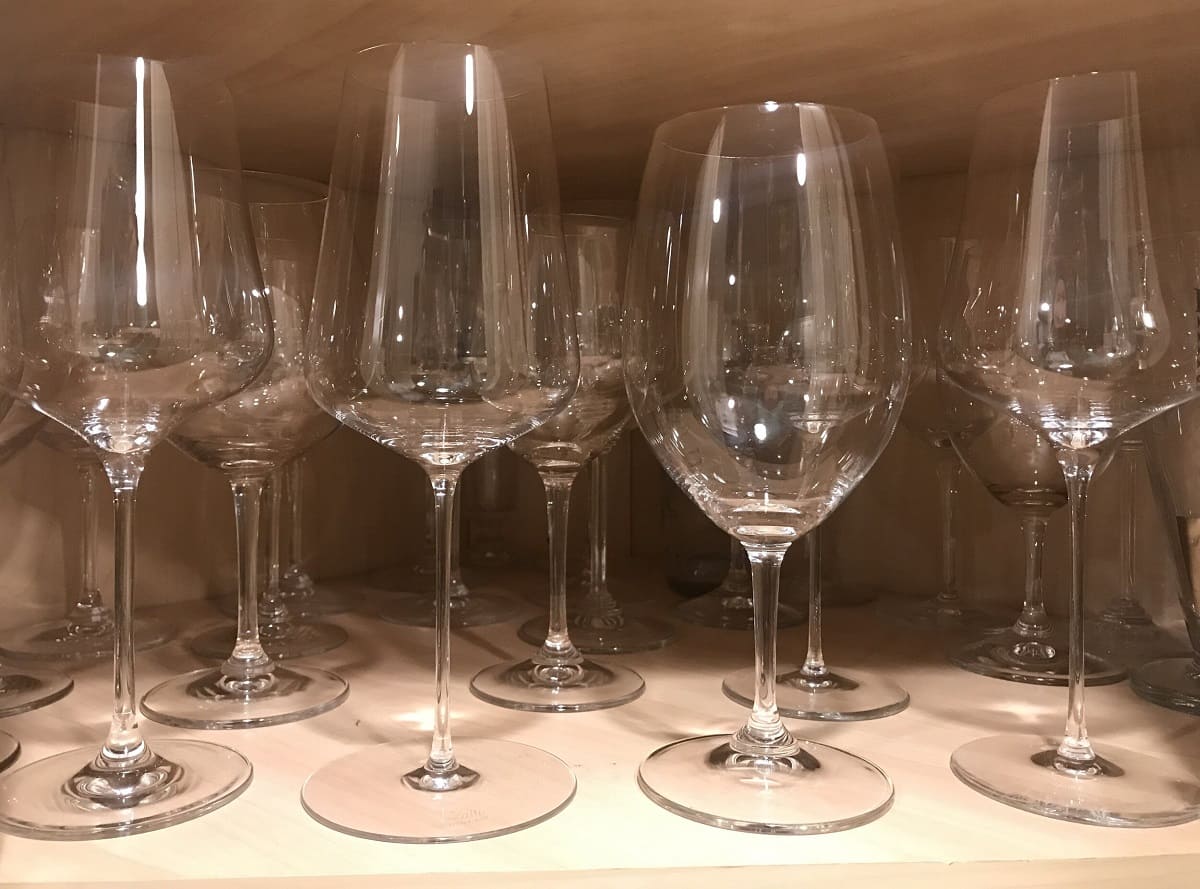

0 thoughts on “How To Hold Wine Glasses”